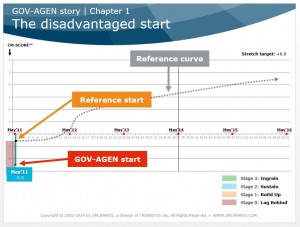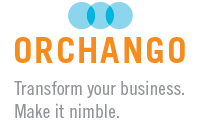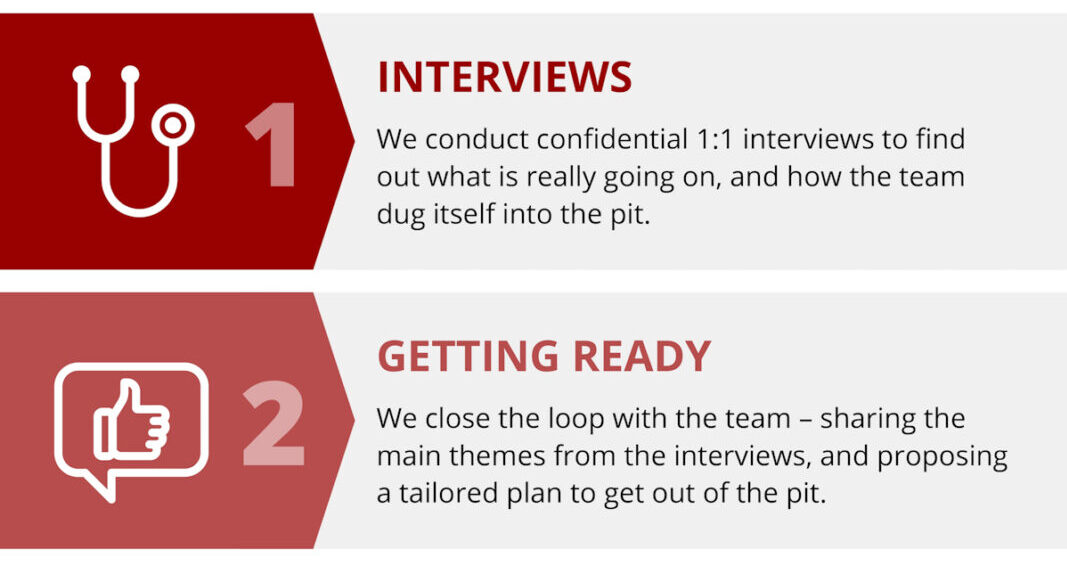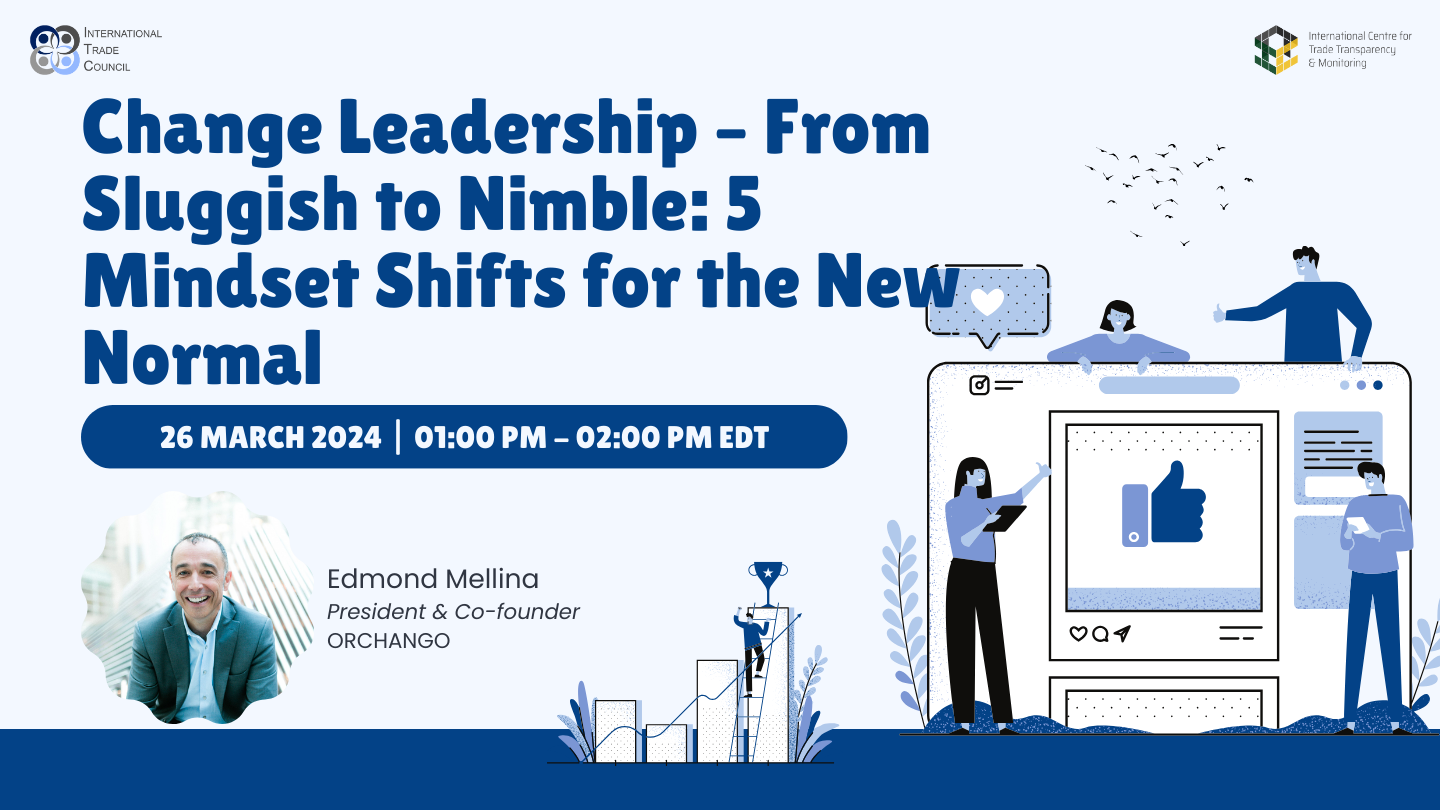How do you transform the dynamics of a team (leadership or otherwise) from dysfunctional to…
How GOV-AGEN started its capability building journey

This is the third article of our blog series about change management capability building.
To launch the series, we provided an overview of the 4-stage model we use at ORCHANGO to help clients develop their change management capabilities while executing strategic change. The second blog post focussed on Stage 1 | LAG BEHIND, which is where most organizations start their capability building journey (that article features an audit worksheet and a quick poll that readers can use to assess and benchmark their respective organizations).
With this new article, we will start sharing the story of a client organization (“GOV-AGEN”) that was lagging significantly behind at the start of its change management capability building journey. We will discuss the events and experiences that prompted the executive team to embark on the journey. As we continue the blog series, we will regularly go back to this client’s story to illustrate the other stages of our model; and also to help our readers reflect on what it really takes to move forward/upward in the real world.
ABOUT “GOV-AGEN”
The client organization was a government agency, hence the code name “GOV-AGEN”. It had jurisdiction over a territory twice as large as Spain and a population similar to that of the Netherlands.
When we started working with them in the spring of 2011, GOV-AGEN had a staff of about 500: half the employees were field specialists working “solo” from agency vehicles, client sites and home offices; the other half were head office employees.
A history of difficult transitions and a disadvantaged start
Over the 15 years since its creation, GOV-AGEN had experienced significant resistance and tension when rolling out change.
Some of the difficulties encountered were related to the very nature of GOV-AGEN operations. Indeed, as we often remind our clients: “Change is a game of proximity“.
At GOV-AGEN, the lack of proximity was always a challenge when change impacted the field personnel because:
- Field employees were often in remote areas;
- They usually worked on their own;
- Face-to-face meetings with their managers and other team members were few and far between (once a month at best).

However, the history of difficult transitions was also due to GOV-AGEN’s limited change management capabilities (see figure; click on the image to enlarge it). When we started working with GOV-AGEN in the Spring of 2011, we found an organization whose Change Management Score™ (“CM-Score™”) was a pale -2.5. Most organizations start their change management capability building journey with a CM-Score™ around -0.5.
In other words, GOV-AGEN was starting with a 21% disadvantage (calculated on a normalized scale) vs. the reference curve in our 4-stage model (i.e. the dotted line on the figure).
Note / sneak preview: despite its disadvantaged start, it took just over one year for COV-AGEN to close the gap with the reference curve. The CHECK UP™ survey we conducted a few months after that (Dec. 2012) yielded a CM-Score™ of +2.1 – i.e. a 61% normalized increase since the start of the journey 18 months earlier. So not only had GOV-AGEN managed to catch up following its disadvantaged start, it was now tracking closely the reference curve. But we are getting ahead of ourselves here: we will discuss the Big Catch-up chapter of GOV-AGEN story in a future blog post… For now, let’s rewind the story back to 2007…
Experimenting with a structured change management process
In 2007, GOV-AGEN’s senior management team decided to implement an ERP system. From their research and discussions with the vendor, they came to the realization that change management would be a critical success factor – especially given GOV-AGEN’s transition history.
Therefore, senior management agreed to support the 3-year technology rollout with a stronger focus on change management. One of the executives was tasked with leading the charge. He put together a special change management team. The team adopted a structured change management process and used new practices to support the rollout.
Despite the good intentions the rollout didn’t go smoothly, particularly following the Go-Live of the most significant ERP component – which had a major impact on field staff. The change management team didn’t have the necessary knowledge and expertise; the change management activities had been too limited; the organization as a whole was ill-equipped to manage smoothly this kind of change; and – above all – the organizational culture was not conductive to effective change management.
Yet, the people impacted by the change had appreciated the efforts of the change management team. As a result, interest in the topic had risen following the ERP implementation.
Realizing that change management is strategic
More importantly, senior management was now thinking and talking more regularly about change management.
By late 2010, as the executive team embarked on the yearly strategic planning process, the topic of change management was near the top of its agenda. Two recent developments had accelerated the rise of change management:
- A new government bill had required GOV-AGEN to redefine its vision and mission; the strategic direction of the organization had to change accordingly.
- GOV-AGEN employee engagement score had fallen to 55% compared to an external benchmark of 71% and an internal engagement score of 74% two years earlier.
The executives came to realize that effective change management would be the key to successfully execute the new strategy and regain employee engagement. Change management had become strategic.
Committing to the capability building journey and getting ready for it
The Board of Directors agreed with senior management and approved a significant, three-year investment in change management.
As per the RFP document that GOV-AGEN issued to find a partner for the journey, its original thinking was to: “establish a change management function to support achievement of its purpose and vision“.
Delegating change management to a central function would have been a big mistake. In order for GOV-AGEN to build first-class change management capabilities, change management had to become everyone’s business. Fortunately, GOV-AGEN selected ORCHANGO to help build its capabilities and we made sure they didn’t make the mistake of centralizing change management. We will discuss what we did instead in the next chapters of the GOV-AGEN story. Stay tuned…
Upcoming blog post
The next article of this series will focus on Stage 2 | BUILD UP. Expect answers to the following questions:
- How can you tell whether your organization is in Stage 2 | BUILD UP?
- What should the organization’s priorities be during Stage 2 | BUILD UP?
- When is the organization ready to move Stage 3 | SUSTAIN?
Until then, please continue posting your thoughts, questions or challenges in the comment section at the bottom. Use the “comment subscription” feature to stay tuned in to the conversation. As usual, I am looking forward to reading your thoughts, discussing your views and answering your questions. As I said before, we are committed to evolving this blog series based on our discussions!!
P.S. I’m particularly interested in your feedback about the value of the GOV-AGEN case. Therefore, I would really appreciate if you could take 6 seconds to answer the poll question below. Merci ! 😉




This Post Has 0 Comments